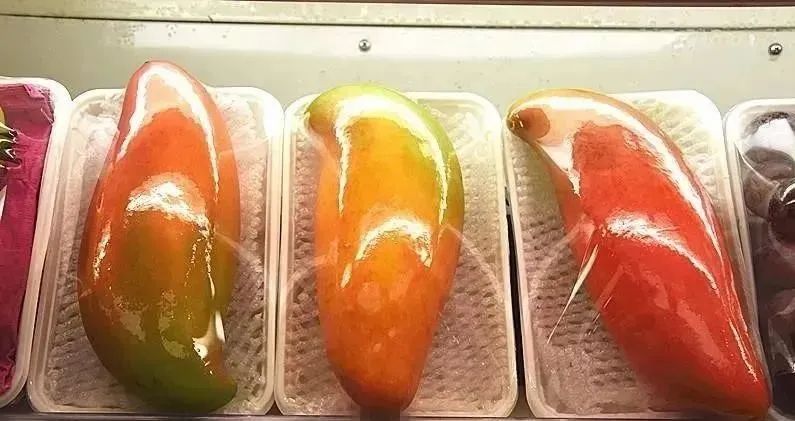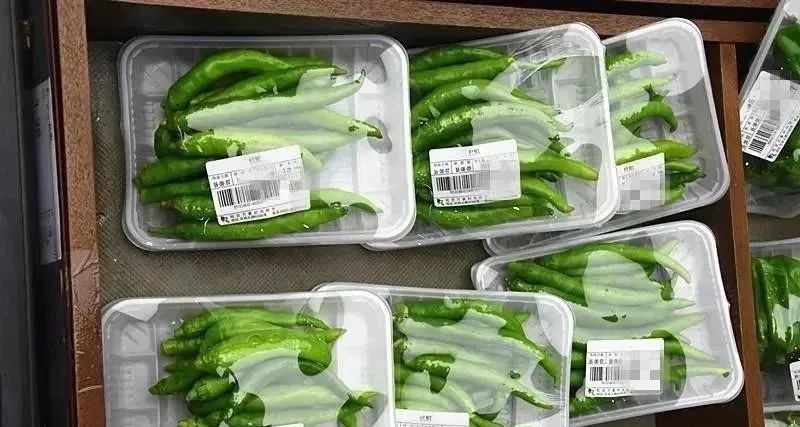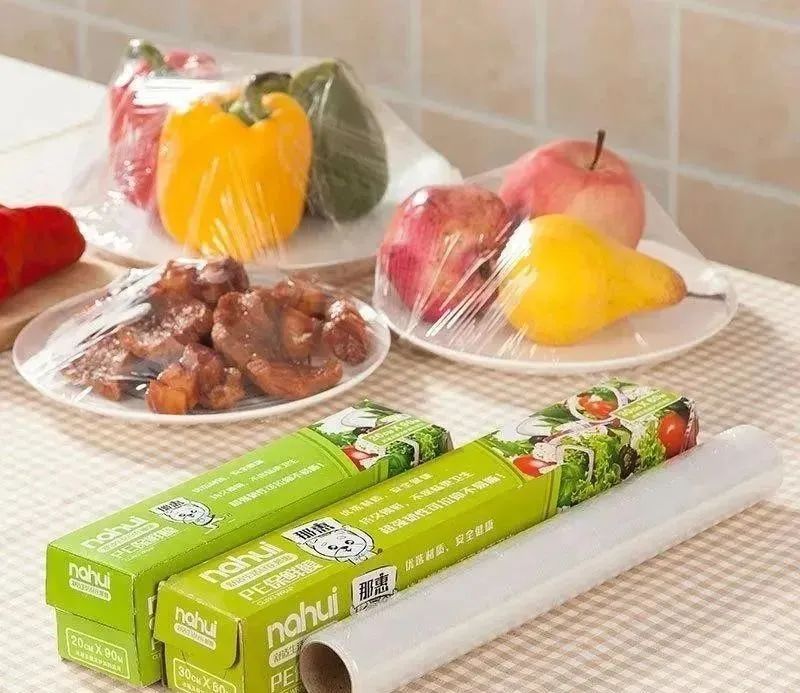PLA is one of the most researched and focused biodegradable materials both domestically and internationally, with medical, packaging, and fiber applications being its three popular application areas. PLA is mainly made from natural lactic acid, which has good biodegradability and biocompatibility. Its lifecycle load on the environment is significantly lower than that of petroleum based materials, and it is considered the most promising green packaging material.
Polylactic acid (PLA) can be completely decomposed into carbon dioxide and water under natural conditions after being discarded. It has good water resistance, mechanical properties, biocompatibility, can be absorbed by organisms, and has no pollution to the environment. PLA also has good mechanical properties. It has high resistance strength, good flexibility and thermal stability, plasticity, processability, no discoloration, good permeability to oxygen and water vapor, as well as good transparency, anti mold and antibacterial properties, with a service life of 2-3 years.
Film based food packaging
The most important performance indicator of packaging materials is breathability, and the application field of this material in packaging can be determined based on its different breathability. Some packaging materials require oxygen permeability to provide sufficient oxygen supply to the product; Some packaging materials require oxygen barrier properties in terms of material, such as for beverage packaging, which requires materials that can prevent oxygen from entering the packaging and thus inhibit mold growth. PLA has gas barrier, water barrier, transparency, and good printability.
Transparency
PLA has good transparency and glossiness, and its excellent performance is comparable to that of glass paper and PET, which other biodegradable plastics do not have. The transparency and glossiness of PLA are 2-3 times that of ordinary PP film and 10 times that of LDPE. Its high transparency makes the use of PLA as packaging material aesthetically pleasing. For candy packaging, currently, many candy packaging on the market use PLA packaging film.
The appearance and performance of this packaging film are similar to traditional candy packaging film, with high transparency, excellent knot retention, printability, and strength. It also has excellent barrier properties, which can better preserve the fragrance of candy.
barrier
PLA can be made into thin film products with high transparency, good barrier properties, excellent processability, and mechanical properties, which can be used for flexible packaging of fruits and vegetables. It can create a suitable storage environment for fruits and vegetables, maintain their vitality, delay aging, and preserve their color, aroma, taste, and appearance. But when applied to actual food packaging materials, some modifications are still needed to adapt to the characteristics of the food itself, in order to achieve better packaging effects.
For example, in practical applications, experiments have found that mixed films are better than pure films. He Yiyao packaged broccoli with pure PLA film and PLA composite film, and stored it at (22 ± 3) ℃. He regularly tested the changes in various physiological and biochemical indicators of broccoli during storage. The results showed that PLA composite film has a good preservation effect on broccoli stored at room temperature. It can create a humidity level and a controlled atmosphere inside the packaging bag that is conducive to regulating broccoli respiration and metabolism, maintaining the appearance quality of broccoli and preserving its original flavor and taste, thereby extending the shelf life of broccoli at room temperature by 23 days.
Antibacterial activity
PLA can create a weakly acidic environment on the surface of the product, providing a basis for antibacterial and anti mold properties. If other antibacterial agents are used in combination, the antibacterial rate can reach over 90%, making it suitable for antibacterial packaging of the product. Yin Min studied the preservation effect of a new type of PLA nano antibacterial composite film on edible mushrooms using Agaricus bisporus and Auricularia auricula as examples, in order to extend the shelf life of edible mushrooms and maintain their good quality status. The results showed that the PLA/rosemary essential oil (REO)/AgO composite film could effectively delay the reduction of vitamin C content in auricularia auricula.
Compared with LDPE film, PLA film, and PLA/GEO/TiO2 film, the water permeability of PLA/GEO/Ag composite film is significantly higher than that of other films. From this, it can be concluded that it can effectively prevent the formation of condensed water and achieve the effect of inhibiting microbial growth; At the same time, it also has excellent antibacterial effect, which can effectively inhibit the reproduction of microorganisms during the storage of golden ear, and can significantly extend the shelf life to 16 days.
Compared with ordinary PE cling film, PLA has better effect
Compare the preservation effects of PE plastic film wrap and PLA film on broccoli. The results showed that using PLA film packaging can inhibit yellowing and bulb shedding of broccoli, effectively maintaining the content of chlorophyll, vitamin C, and soluble solids in broccoli. PLA film has excellent gas selective permeability, which helps to create a low O2 and high CO2 storage environment inside PLA packaging bags, thereby inhibiting the life activities of broccoli, reducing water loss and nutrient consumption. The results showed that compared with PE plastic wrap packaging, PLA film packaging can extend the shelf life of broccoli at room temperature by 1-2 days, and the preservation effect is significant.
Post time: Oct-09-2024








